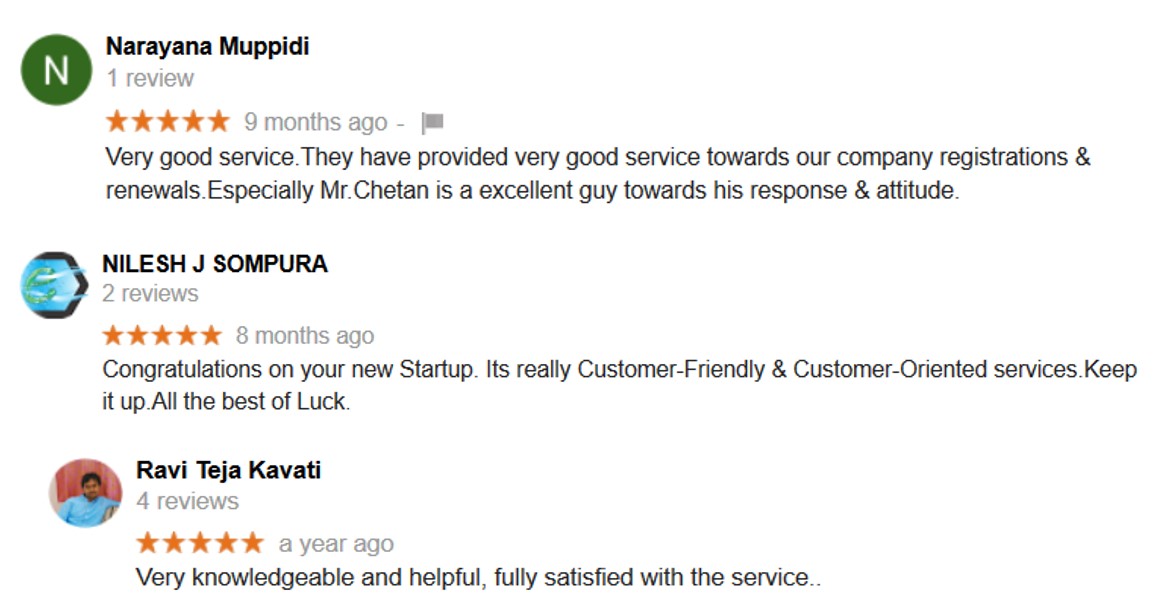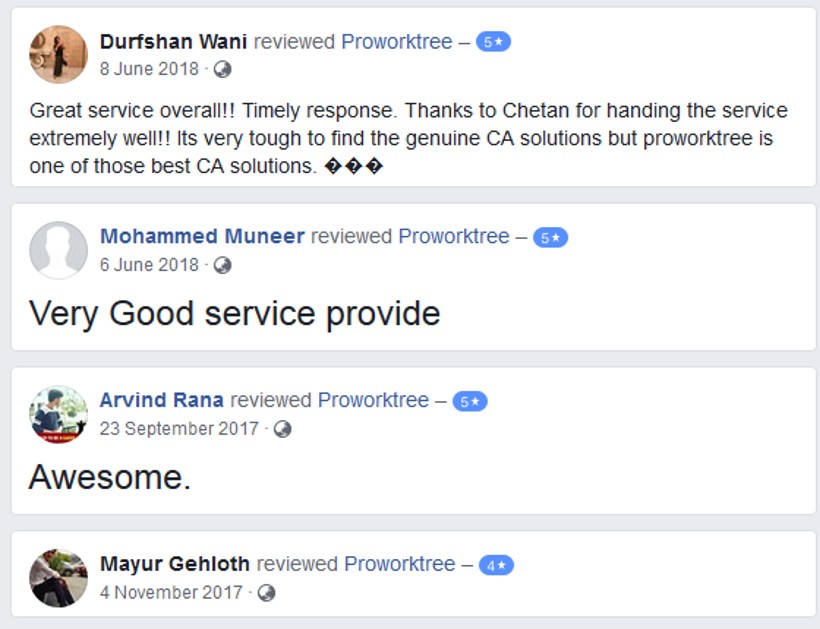-Functioning of GST in India
Goods and Services Tax or GST was first introduced on 1st July 2017. GST is considered as one of the most praise worthy changes in the Indian taxation system. On 29th March 2017, the GST Act was passed in the Lok Sabha and it has been termed as a ‘Good and Simple Tax’. This indirect tax has replaced VAT, Service tax, Excise, Entry tax, Entertainment Tax and more. Goods and Service Tax is imposed on the distribution of goods and services. In India, Goods & Services Tax is a widespread tax reform levied on every value addition. As a result, the tax will be levied at every end of sale. GST in India is applicable in three ways, namely:
SGST – the Good or Service Tax collected by State Government.
CGST - the Good or Service Tax collected by Central Government for an intra-state transaction.
IGST - the Good or Service Tax collected by Central Government for an interstate transaction.
GST established diverse types of supplies with a variety of rules ascribed to it. Supplies refer to the good as well as services that are offered or received in an industry. It is treated as a taxable affair under the new GST system. However, previously, supply was treated in a different manner and this taxable matter had different rules along with a separate regulation. According to Section 66B of Finance Act, 1994, a duty at the rate of 14% must be imposed on the value of all services except those services specified in the negative record. In case of the manufacturing of goods, the central excise duty is imposed. On the other hand, GST is imposed on the supply of goods.
-How does GST Operate?
- The first phase involves the Manufacturer. For instance, a cloth manufacturer purchases raw materials to weave a cloth. Suppose the materials cost him Rs 100. In addition, an amount of Rs 10 is imposed as a tax. The manufacturer can now create apparel. The manufacturer attaches value to the materials in the course of generating the apparel. Suppose the value added by him or her is 40. As a result, the aggregate value of the clothing becomes Rs 100 + 40= 140. 10% tax is imposed on the material, so the tax on output on the clothing will then be Rs 14. However, the GST system will allow the manufacturer to set off this tax Rs 14 against the tax. This is possible since he or she already paid for raw material and inputs of Rs 10. In conclusion, the operative GST will impose on the manufacturer only Rs.4, i.e., Rs.14-10, thus making GST a tax imposed only on the value added.
- In the second stage, the Distributor or Service Provider is involved. In this stage, the goods dispatched from the manufacturer to the wholesaler, a service provider. Suppose, the wholesaler buys it for Rs.140 and attach a value which is 20. The gross value of the commodities the wholesaler sells would be a total of Rs140 + 20= Rs 160. A 10% tax on this amount will be Rs 16. However, the GST system will allow the manufacturer to set off this tax of Rs 16. This is possible since he or she already paid the tax imposed on the goods bought from the manufacturer (Rs 14).In conclusion, the operative GST will impose on the wholesaler only Rs.2 (16 – 14).
- Stage 3 involves the Consumer. The product is purchased by a retailer from the wholesaler. In addition, he incorporates Rs.10 to his or her purchase of Rs.160. Therefore, the gross value of the clothing sold by the retailer amounts to Rs.160 + 10= 170. The tax of 10% will amount to Rs.17. When the tax is set off against the tax on the procurement from the wholesaler (Rs 16), the retailer brings about a decrease in the operative GST by Rs.1 (17 –16). In conclusion, the total GST applicable on the entire value starting from raw material i.e. input suppliers, the individuals who are not eligible to claim tax credit since they haven’t acquired anything themselves from the manufacturer, wholesaler as well as the retailer amount to a total of Rs 10+4+2+1 = Rs 17 , which is paid by the consumer.
-Who are liable to register for GST?
Casual registration is made by an individual who supplies goods or provides services on a temporary basis in a province where Casual Registration GST bill is applicable. However, the person does not have a fixed site to operate his business. Small businesses or taxpayers with revenue that is less than Rs. 75 lakhs can resort to this registration. Here, manufacturers will be charged a tax at a minimal rate of 1% or 2.50% in the form of CGST and SGST. While a small business can choose Composition tax payment, whereas operators, interstate sellers, e-commerce traders are not allowed to register for this system.
-Advantage of GST
Thus, it is important to have a systematic insight of “Functioning of GST in India” to identify with the rules and regulations introduced by the new GST system. In India, GST is a new tax system, and it is important to study the Composition Dealer functioning of GST in detail before starting any new venture.
- The earlier tax was levied on every purchase and the final consumer. But now, this system of tax or the Cascading Effect of Taxes will be replaced by Goods and Services Tax. Therefore, businesses won’t be charged with multiple taxes.
- GST does not require multiple tax returns. As a result, an individual engaged in more than one business is not required to file a separate return; rather a single GST return will successfully serve all the purposes.
- With no more implementation of entry tax, goods carrier do not need to wait at state borders for clearance. Goods will now be transported faster.
- GST regime aims for guaranteed digital support and says no to bureaucracy.











 Corporate Entity Registration
Corporate Entity Registration




0 comments have been posted.